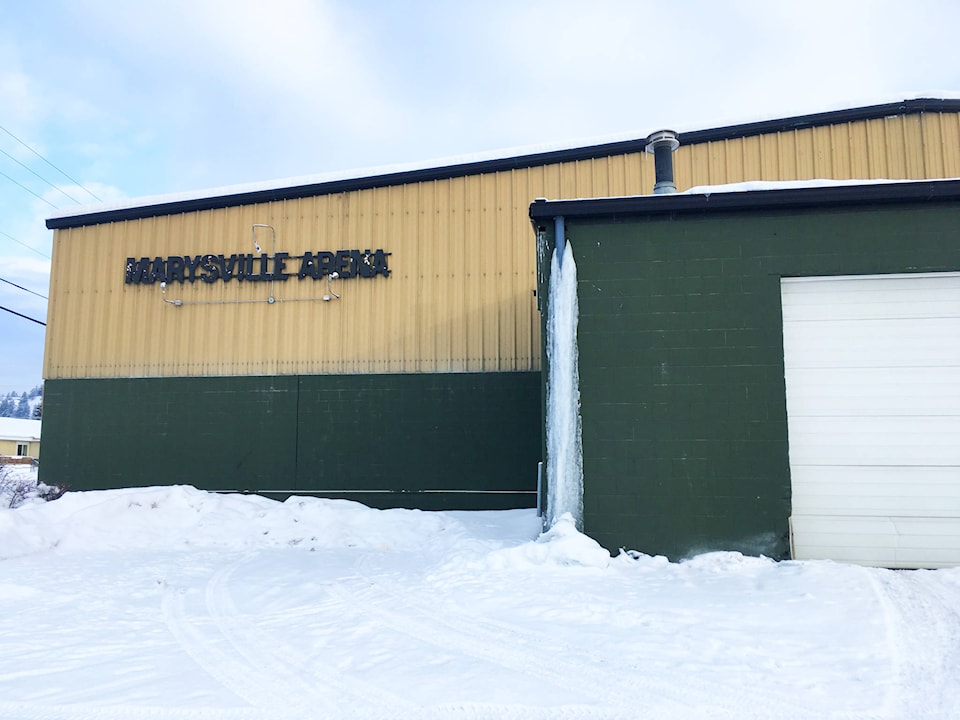Included in the City of Kimberley’s 2018-2022 Financial Plan is a comprehensive breakdown of general funds, which includes information on the City’s state of infrastructure.
The average annual life cycle investment of all infrastructure is $8,237,700. This includes water, sewer, storm, roads, vehicles and equipment, buildings, parks and recreation, and ‘other’.
According to the 2018-2022 Financial Plan Document by Chief Financial Officer Jim Hendricks, Council has identified infrastructure renewal as a strategic priority.
“The Asset Management Investment Plan (AMIP) completed in 2016 (being updated to reflect current values) estimates Kimberley’s Infrastructure Deficit at $73.3 million,” said Hendricks. “The AMIP estimates the investment needed to pay for expected infrastructure replacements over the next 20 years to be $217.9 million.”
The 2018-2022 Financial Plan proposes total capital investment of $61.1 million for the general, water, and sewer funds with $6.9 million of that investment proposed to occur in 2018.
Savings of $153,149 have been raised in 2018 through net reductions to the general operating budget.
“Based on the Completed Roll, new construction and other non-market change added $15.8 million in new assessment in 2018 which will result in an estimated $80,000 of un-budgeted new revenue,” Hendricks explained.
The combined budget reduction of $233,149 is proposed to be allocated to three different areas:
* $26,454 of community grant funds redirected to the Kimberley Trails Society for maintenance of multi-use trails within the municipal boundary.
* $136,695 to establish a new facility renovation/repair reserve and direct a portion of the identified budget reduction towards an annual contribution to the reserve.
* $70,000 to increase annual contributions to the existing general fleet reserve to help fund the planned replacement of existing mobile equipment.
INFRASTRUCTURE GRANTS
With regards to infrastructure grants, the City does not have enough financial resources to fund all needed capital projects without the participation of the Provincial and Federal Government grants.
“Fortunately, the City has been successful with a number of recent applications to help fund a necessarily aggressive infrastructure renewal plan,” said Hendricks.
* $2,187,880 for planning and design of a new Waste Water Treatment Plant
* $830,000 for pressure reducing stations
* $183,350 for integrated infrastructure capital plan
* $150,000 for creek daylighting preliminary design
* $22,470 for accessible doors at the Civic Centre
The 2018-2022 Capitol Plan as proposed anticipates the receipt of grants and/or the acquisition of debt to fund all or a portion of various other capitol projects. If the City is unsuccessful in receiving grants for these projects, they won’t proceed as planned and may have to be altered, cancelled, or deferred.
The largest anticipated grant is for the New Waste Water Treatment Facility, which is budgeted for year 2020 at a cost of $34,000,000. The grant money required is $28,220,000, with an anticipated debt of $5,780,000.
Other grant dependant projects include arena assessments and pad and board replacement for both the Civic Centre and Marysville arenas, the Downtown Project including roads, sewer, and water as well as creek daylighting, and building frame and siding at the Marysville Arena.
